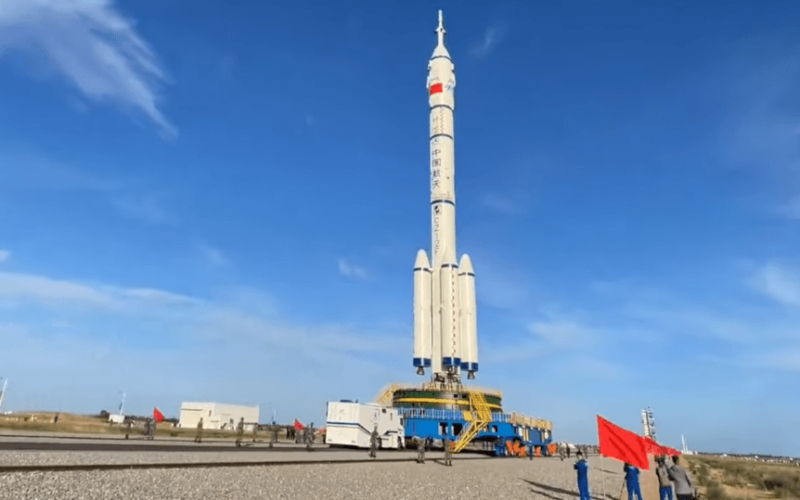On June 17, 2021, China’s historic Shenzhou-12 manned mission took off carrying three astronauts to its emerging Chinese Space Station (CSS), which is set to be fully operational by 2022.
Watch: China successfully launches Shenzhou-12 spacecraft. #SpaceChina pic.twitter.com/HSdupm0fKJ
— CGTN (@CGTNOfficial) June 17, 2021
A Long March 2F rocket transporting the Shenzhou-12 spacecraft bound for the space station module Tianhe blasted off from the Jiuquan Satellite Launch Center in Gobi Desert, northwestern Gansu province, China.
Astronauts Nie Haisheng, Liu Boming, and Tang Hongbo will work and stay on Tianhe, the living quarters of the future Chinese Space Station, for three months.
Named Tiangong (‘Heavenly Palace’), the Chinese Space Station will be one-third the size of the International Space Station (ISS). The CSS is planned to be fully operational by 2022. It is expected that the Chinese Space Station will be operational for approximately 10 years. However, experts are saying that it might “last more than 15 years with appropriate maintenance and repairs”.
China began laying the foundation for the CSS launch a decade ago. In September 2011, the country launched a prototype space station called Tiangong-1 to continue improving its human spaceflight skills and test the technologies needed to assemble a large space station in low Earth orbit.

